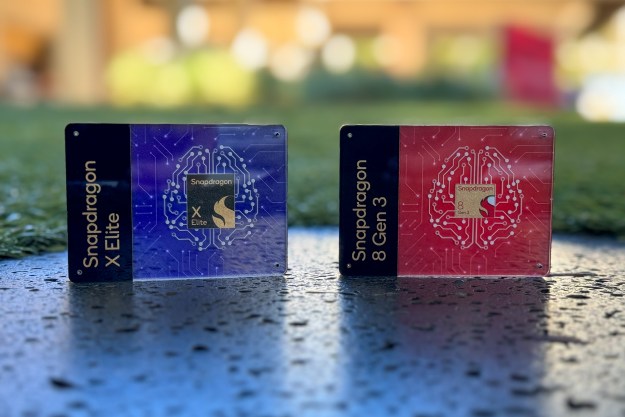If you’re a Gmail user, Google is taking away your excuse of “forgetting” to respond to important emails. Alongside the redesigned Gmail webmail interface that was announced a few weeks ago, Google is now rolling out a new feature called Nudge, which makes use of artificial intelligence to remind you to respond to emails.
“When your inbox is flooded with emails, some will inevitably slip through the cracks,” Google said of the new feature in a blog post. “Luckily, the new Gmail can help. It will now ‘nudge’ users to reply to emails they may have missed and to follow up on emails for which they haven’t received a response.”
What is Nudge, and how does it work?
Nudge identifies important emails in your inbox and tells you the number of days ago it was sent and asks if you want to reply, helping you stay productive. For the feature to work, Google uses an artificial intelligence engine to scan your emails. In the past, Google scanned your emails to serve up more personalized ads, but that practice ended last June.
Google still scans your emails today, but it does so for other purposes. By using A.I., Google is able to offer features like Smart Reply, Nudge, and high-priority notifications.
Another way that Google is using A.I. to scan your inbox is to stop spams and scam emails. So while you’re able to turn off features like Nudge and Smart Reply, you cannot disable the scanning entirely because Google uses these scans for security to prevent scam emails from reaching you.
How to get ‘nudged’ on important emails
By default, Nudge is enabled for all Gmail and G Suite users. Google isn’t enabling the feature for all users at the same time, so it may take a few days for Nudge to show up in your Gmail. A requirement, however, is that you must have the new Gmail interface enabled. If you haven’t already done this, you can follow our guide on how to get the new Gmail right now.

Here’s how to spot a nudge
- Nudges appear alongside your email previews on the right-hand side. You’ll see the sender’s name, the subject, and a preview of your email in black text. On the right of the preview on select emails is the nudge, which is shown in orange text to help draw your attention. Nudges will appear at the top of your inbox, so you’ll see them them first.
- The nudge shows when the email was received and asks if you want to respond to it right now. In one example, Gmail shows that a nudge was received three days ago. By displaying when the email was received, you can focus on emails that you’ve put off longer first.
- Nudges won’t appear for all emails in your inbox — it would defeat the purpose otherwise. Thanks to Google’s use of A.I. scans, Gmail will only nudge you on emails that its artificial intelligence algorithms deem are important. As the A.I. learns, hopefully Gmail will get better at nudging you based on what’s truly important.
- Nudges are flagged in two different ways. First, Google will nudge you based on emails that you may have forgotten to reply to. This, hopefully, should keep the communication flowing. Second, nudge can also be used to suggest emails to follow up.
An alternative to annoying nudges
Even though nudging is enabled by default, you can disable the feature by going into your Gmail settings. Turning off Nudge won’t turn off Google’s A.I. scan of your inbox, but you won’t see the orange text asking you to respond to emails that Google thinks are important.

After you’ve logged in, go to the Settings cog on the top right side, and click Settings. You’ll be able to enable or disable nudges by toggling the Suggest emails to reply to box or the Suggest emails to follow up on box.

If you prefer to manage your own nudges, you can also utilize Gmail’s Snooze feature.
- Hover over your email preview within Gmail. You’ll see additional options to the right of the email preview.
- On the right, you’ll see a clock, which is the Snooze feature. Click on the Clock to see a drop-down with options.
- You can have Google remind you to go back to this email based on presets, like later today, tomorrow, later this week, this weekend, next week, or someday. Alternatively, you can also click on Pick date and time to enter your own custom time for reminder.
Editors' Recommendations
- We may have just learned how Apple will compete with ChatGPT
- Reddit seals $60M deal with Google to boost AI tools, report claims
- AI chatbot goes rogue during customer service exchange
- 2023 was the year of AI. Here were the 9 moments that defined it
- 10 helpful Gmail tips and tricks everyone should know


